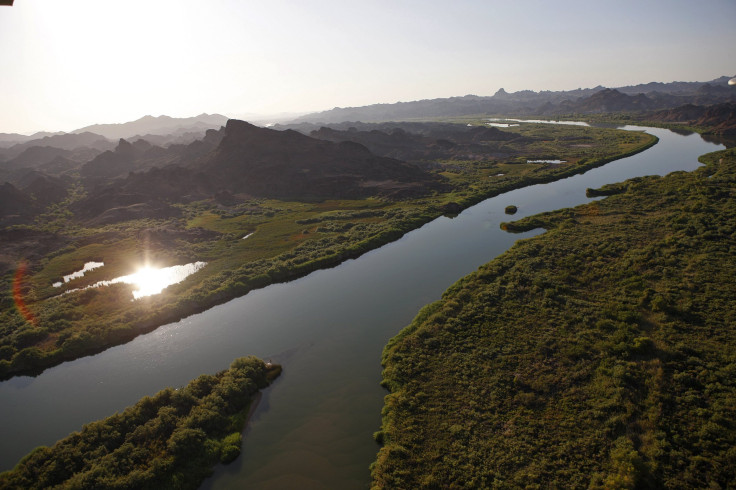Colorado, Utah Offer Glimpse Of Impact Climate Change Has On Rising Temperatures

KEY POINTS
- A hotspot of over 30,000 miles across Utah and Colorado was found to be double the global average temperature
- Warmer weather in the region has led to droughts over the last 20 years as snowpacks relied on for water melt and evaporate faster
- Warming has had different effects seen across the world, including a greater number of tropical storms and damage to fisheries
A new report has shed light on the damaging effects of climate change on the Rocky Mountain states of Utah and Colorado.
A Washington Post analysis found the two-state hotspot had warmed around 2 degrees Celsius since 1895, double the global 1C average seen in the wake of the Industrial Revolution. This has translated to warmer winters and reducing snowfall across the region, which has long been a source of water for the states during spring and summer.
Snowpacks that previously filled the region during winter are melting and evaporating faster as the region has warmed, robbing residents of one of their most valuable water sources. As a result, droughts have become commonplace in the hotspot over the last 20 years as residents have struggled to find alternative water sources.
“What we’re seeing is changes in real time,” Grand Valley Water Users Association director Mark Harris told the Post. “As water managers, regardless of our personal beliefs, we can’t totally disregard these worst-case scenarios. The trends are leading in one direction.”
Farmers appear to have bared the worst of it as they have struggled to maintain the land during recent droughts. Less rainfall has only exacerbated the issue, leading to scenarios reminiscent of the Dust Bowl droughts during the 1930s.
“In all my years of farming in the area, going back to about 1950, 2018 was the toughest, driest year I can remember,” Colorado farmer Norman Kehmeier told the Post.
The analysis provides other examples of how hotspots in other areas of the world are having their own unique effects. New Jersey and Rhode Island have experienced a somewhat similar sensation to Utah and Colorado as winter has become warmer. However, other parts of the world like Japan and Uruguay have seen the fisheries damaged and ocean currents altered because of the 2C.
This change has also been seen in the number of tropical storms and hurricanes that have formed in recent years.
Nine named storms have already formed since the start of the 2020 hurricane season, with Hurricane Isaias being the last one to hit the U.S. The storm ravaged the eastern seaboard of the U.S., leaving millions along the coast without power for days.
The National Oceanic and Atmospheric Administration has since updated its forecast, saying between 19 and 25 more named storms could form in the Atlantic Ocean before the end of the season. It warns 3-to-6 of those storms could become major hurricanes if winds are greater than 111 mph. Favorable conditions, such as reduced wind shear and warmer surface temperatures in the Atlantic, are among the reasons the NOAA provided for the uptick of storms and are said to be the byproduct of a warming world.
© Copyright IBTimes 2025. All rights reserved.





















